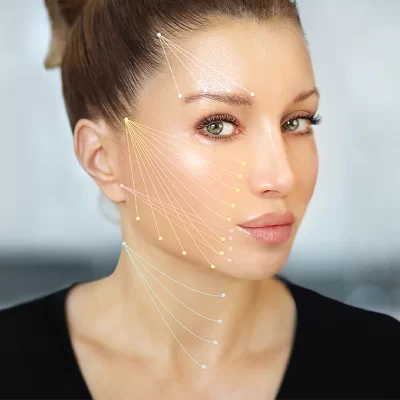Ponytail facelifts are one tool in our toolbox but they’re not for everybody!
Most people who have facelifts are in their 40s to 60, which is when facial aging becomes more apparent. Deeper wrinkles and sagging skin comes around as the skin's collagen production drops as the years go by.
The ponytail lift is a minimally-invasive technique that avoids the typical facelift incisions and hides them in the hairline. It tightens a patient's face by pulling the brows, forehead, and cheeks upward. However, because no skin is removed during the process, people who choose a ponytail lift rather than a regular facelift are those who want to see smaller improvements, rather than the more dramatic improvement as seen with a facelift.

It is less invasive compared to a traditional facelift with all the scars. But a mini or S scar facelift actually has quicker recovery than a ponytail facelift. This is especially true for the postoperative swelling seen with a ponytail facelift.
The results of this surgery are temporary as facial aging will continue but you can expect them to last for 5 to 7 years at best.
With a mini facelift I tell my patients it's usually 7-15 years. I don't think it's any different than a traditional facelift. Patients are not waiting till her 80s to get a facelift. Most patients start in their 30s and 40s.
When I first published The 7 Critical Questions to Ask Before Letting Any Surgeon Touch You, I had no idea that it would be so popularly received. Since its publication, this brief guide has helped thousands like you to more safely navigate the world of cosmetic surgery. The 7 Questions have been updated and a bonus section, Applying the 7 Questions, has just been added. Be my guest to read, learn and share.